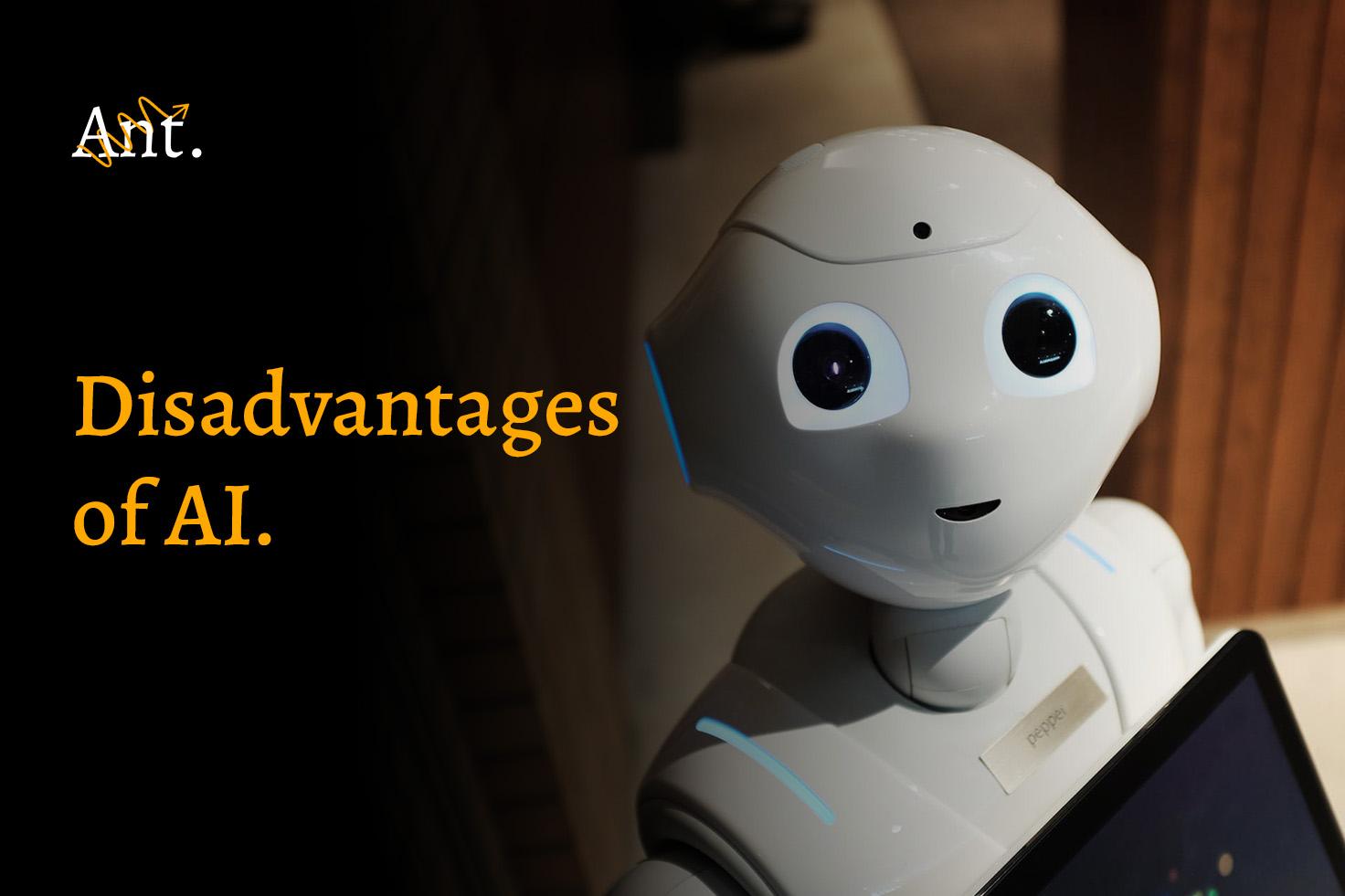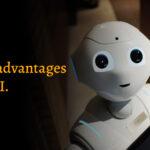The rise of AI writing tools has sparked a new academic arms race. On one side stand students, armed with the Top Leading AI Companies essays at lightning speed. On the other, educators, determined to uphold the sacred ground of original thought and academic integrity. But can the guardians of education effectively identify AI-generated content amidst the avalanche of student work?
The AI Advantage: Speed, Style, and Sophistication
AI writing tools possess undeniable advantages. They can generate grammatically correct, factually accurate texts on virtually any topic in a fraction of the time it takes a human. They excel at mimicking specific writing styles, from formal academic essays to casual blog posts. And their sophistication is constantly evolving, making them increasingly difficult to detect.
However, AI’s strengths also become its weaknesses. Here’s how educators can spot the telltale signs:
Unnatural Flow: AI-generated text often lacks the natural rhythm and flow of human writing. Watch out for repetitive phrases, stilted sentences, and an overreliance on clichés.
Shallow Analysis: AI struggles with critical thinking and original insights. Look for essays that regurgitate facts without offering deeper analysis, counterarguments, or unique perspectives.
Suspicious Topic Choice: If a student’s essay tackles a niche topic that perfectly aligns with the latest AI capabilities, it’s worth investigating further.
Rapid Completion: Essays written in suspiciously short periods might be AI-generated, especially if they lack drafts or revisions.
The Educator’s Arsenal: Weapons in the War Against Plagiarism
Schools can’t simply rely on gut feeling to identify AI-generated content. They need a multi-pronged approach that combines awareness, technology, and sound pedagogical practices:
Education and Awareness: Open communication is key. Explain to students the dangers of AI plagiarism and its consequences. Discuss the importance of academic integrity and original thinking.
Technological Solutions: Utilize plagiarism detection software that can identify AI-generated text patterns and flag suspicious submissions for further review. Consider closed-environment testing where students cannot access external resources like AI writing tools.
Pedagogical Practices: Encourage drafts and revisions to demonstrate the writing process. Focus on assignments that go beyond essays, like presentations, projects, or portfolios, where AI’s limitations become apparent.
The Blurred Lines: When AI Mimics Human Too Well
Despite these measures, the battle against AI plagiarism isn’t without its challenges. As AI technology advances, the lines between human and AI-generated content become increasingly blurred. Some argue that AI can now produce essays indistinguishable from human work, rendering detection efforts futile.
However, this perspective overlooks the crucial role of critical thinking and original analysis that AI still struggles with. While AI can mimic human writing styles, it can’t replicate the unique insights, arguments, and perspectives that define genuine human thought.
Conclusion
The fight against AI plagiarism is not a zero-sum game. make notes with ai of adaptation and collaboration. Schools must stay informed about the latest AI capabilities, refine their detection methods, and continuously educate their students about academic integrity.
Ultimately, the success of this fight hinges on fostering a culture of learning that values original thought, critical thinking, and the power of human expression. By working together, schools, educators, and students can ensure that the rise of AI writing tools doesn’t undermine the core values of education, but rather strengthens them by encouraging students to develop their own unique voices and contribute authentically to the world around them.
FAQs
Can AI plagiarism detection software completely eliminate the problem? No, AI detection tools are not foolproof and can be fooled by sophisticated AI-generated content. They should be used as one part of a comprehensive approach.
What if a student submits AI-generated content unknowingly? Schools should consider intent and provide opportunities for clarification and learning before imposing penalties.
How can schools ensure fairness and avoid bias in their AI plagiarism detection methods? Transparency in algorithms and data sets used is crucial to avoid bias and ensure fair application of the policy.
What role can students play in preventing AI plagiarism? Students can uphold academic integrity by focusing on genuine learning, proper citation, and seeking help from teachers when needed.



